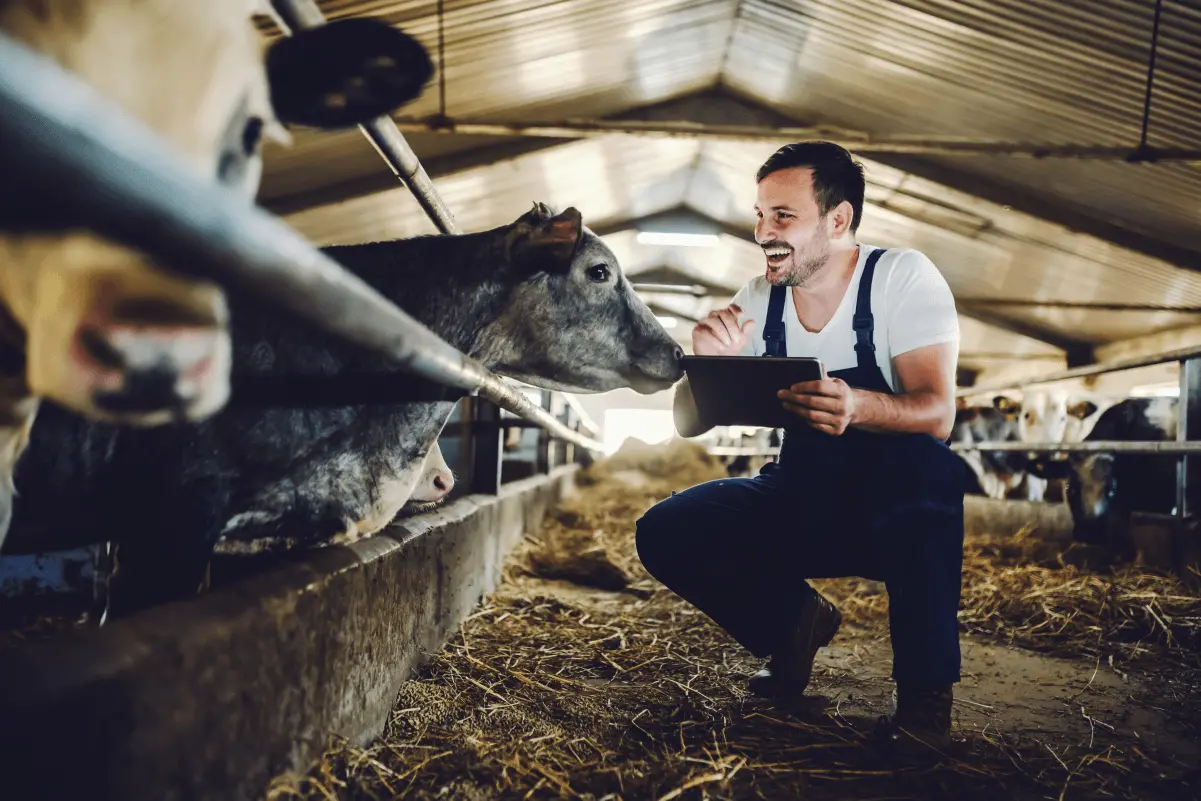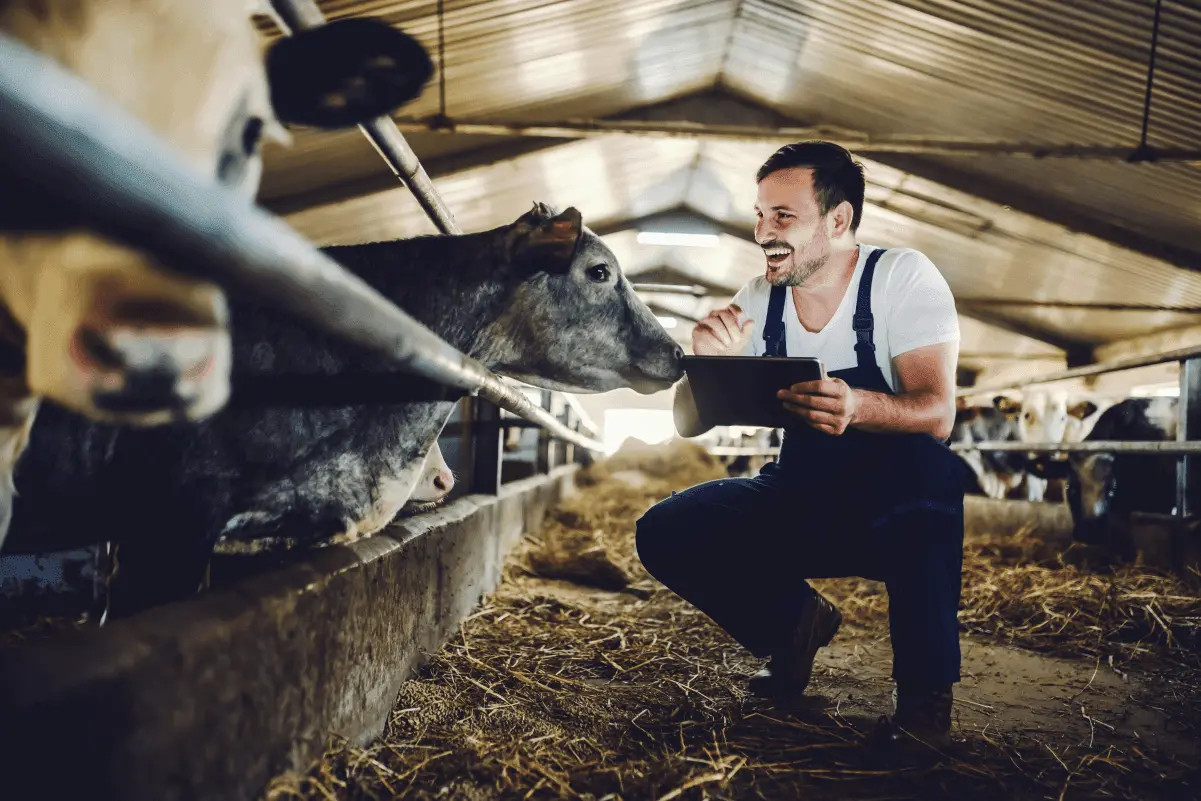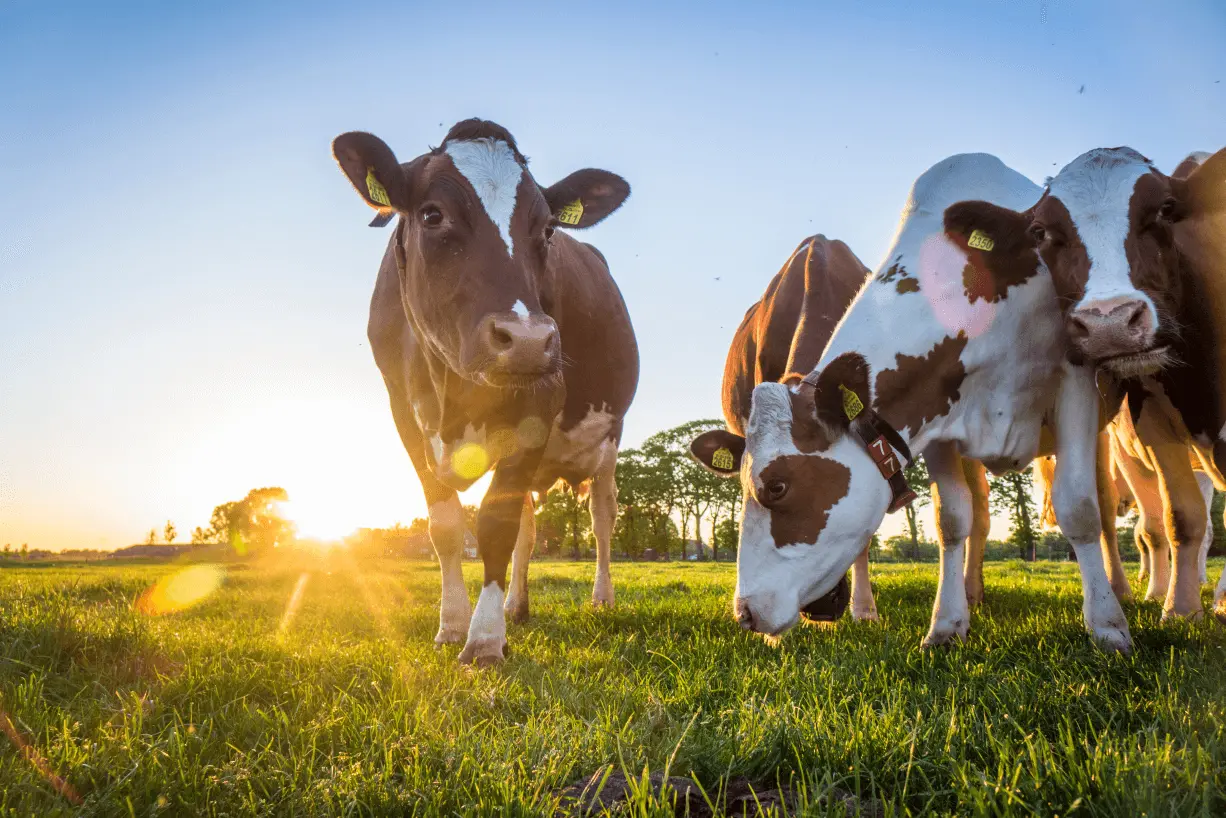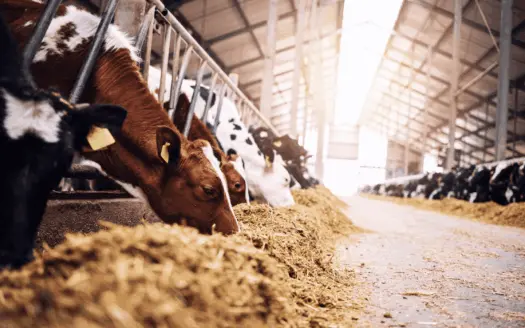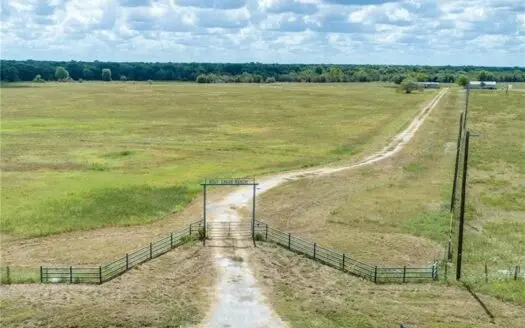How to Make a Cattle Ranch Profitable | United Country Real Estate
Your Guide to Making a Profitable Cattle Ranch
Cattle ranches are extremely valuable sectors in the American agricultural industry. According to the Economic Research Service of the United States Department of Agriculture (USDA ERS), cattle production remains the top agricultural commodity by contributing the largest share of total cash receipts.
As such, there is statistical proof of how lucrative running a ranch can be. But, a successful cattle ranch business involves more than taking care of cows and bulls.
It also requires ranchers to pay attention to the property’s soils, the growing plants, and the water supply.
Here’s a comprehensive guide to making a profitable cattle farming business.
Understand Your Market
Responsible owners run the most profitable ranches. If you are new to the industry, forget everything that you think you know about having a cattle farm.
Perhaps you think about the quintessential image of the American West, where landowners drive their cattle across wide plains.
In reality, the business is much more demanding.
Even if you are already a veteran in the business, you must continuously learn about the existing market. Like other industries, the cattle ranching business is subject to market trends and external factors.
Essentially, the key to understanding your market is to adjust your operations according to the ever-changing cattle farming landscape.
New ranch owners and seasoned ranchers alike must keep up with the following factors:
- National Prices and Trends: Be sure to keep tabs on the national commodities prices and trends in cattle. These statistics determine how you can export products from your cattle farm to foreign markets. It is an essential step to maximize your profits.
- Ranching Sector Conditions: You must also pay attention to the state of the ranching sector. This way, you can prepare for inevitable market fluctuations by acting accordingly.
At the same time, you can ensure that your ranch meets global demands.
Diversify Your Cattle Ranch
You must pay attention to other elements of your ranch apart from your cattle. Diversifying your ranch involves making sure that your property can support other agricultural endeavors.
This way, you can increase your profits in the long run while making extra savings. For instance, you can harvest and grind corn and hay for cow feed. This strategy helps you cut costs on commercial feeds while providing essential nutrients for your cattle.
Growing your own feed also maximizes your property’s area. Perhaps you have some patches of land that remain underutilized, which opens many possibilities for other agricultural activities.
Consider assessing what else you adapt to tow on your land while your cows graze.
You should also consider raising cattle that can provide multiple purposes. For instance, you can choose breeds that are good for both beef and milk production.
Check out the best cattle breeds.
Regardless of what strategy you adapt to diversify your ranch, be sure to run the numbers involved in implementing it.
Assessing labor costs and potential yields can help you determine whether diversifying your cattle farmland is suited for your ranch’s situation.
Reduce Land and Labor Costs
When it comes to cattle operations, land and labor take up most of your expenses in running a profitable cattle ranch business.
Costs associated with your land include fencing initiatives, water trough repairs, buying mineral rights, and your property tax status.
Meanwhile, labor costs include salaries and benefits for workers that ensure your ranch operates smoothly.
Even small, family-run ranches spend on labor, as there is a lot of work required to take care of cattle and your land. A cattle operation should have a strong foundation in order to achieve profitability.
Consequently, it is essential to take measures that can help you reduce your ranching expenses without compromising the quality of your cattle or your land.
Some strategies to reduce your overall costs include:
-
Rent Equipment
Review your ranch’s short-term expenses and seasonal responsibilities. Perhaps you only need a certain piece of equipment for a few weeks. Consider renting it instead of paying for maintenance costs.
-
Buy Second-hand Equipment
When it comes to essential farm equipment, such as barns, trailers, and corral systems, consider buying used ones.
Depending on who you deal with, you could also agree on alternative financing options, like trading. This strategy can help you save costs by avoiding brand-new items when there are used, well-functioning ones available.
-
Network With Other Ranchers
Consider joining a reputable cattle marketing alliance that offers a community of farmers near you. You can share equipment and resources, as well as exchange trade ideas to improve each other’s ranch business.
-
Share Corn and Sunflower Stalks
Reduce grazing costs by sharing corn and sunflower stalks with other farmers. You could buy them for cheap and use them as natural feeds instead of getting expensive commercial feeds.
-
Contain Cattle in Small Land Portions
Minimizing the land your cattle used to graze maximizes your ranching profitability. It helps reduce unwanted plants from growing across your property and increases grazing efficiency.
Invest in High-quality Cattle
Although cutting costs is critical to success, be sure not to compromise on quality. Shelling out significant amounts may be a necessary investment for a profitable cattle ranch.
For instance, the Noble Research Institute reported that investing $750 on a good bull could net you an additional $1,475 per bull every year.
When buying cattle and bulls, go for the ones with good genes. These cows usually have accelerated growth rates, making them heavier more quickly, which reduces your input and labor.
Temperament is another factor to consider when choosing cows to breed. Some breeds such as the Angus have varied temperaments—some Angus cattle don’t like heat.
Control Cattle Feed Expenses
Grazing cows exclusively may be the most lucrative strategy for some ranchers. This way, they can save on feeds, which have been consistently rising.
According to a recent study under the Center for Commercial Agriculture under Purdue University, corn prices have grown from $6.00 per bushel in January to $7.75 per bushel in mid-April 2022. These rising prices increase the feeding cost and reduce cattle finishing net returns.
Utilizing a combination of grazing and feeding could make sense for your ranch. For instance, farmers who grow hay can convert their land into pasture, renewing the ground and feeding their cattle at lower costs.
Meanwhile, farmers who do not grow hay can propose to other farmers who do (via their network) that they graze their cows for mutual benefit. Explore your options to cut costs on steadily increasing cattle feed.
Start Your Own Cattle Ranching Journey
Understanding how to make the cattle ranch profitable lies in understanding your costs and being efficient in your strategies. Review your ranch’s expenses and find ways to reduce them without compromising quality.
At the same time, be sure that your cattle are well-fed and healthy, so they can grow optimally and produce high yields.
When you have a handle on these factors, you’ll be well on your way to profitability.
Starting a ranch or dream of becoming a cattle farmer? Let United Country Real Estate help get you started. Check our ranches for sale today!

